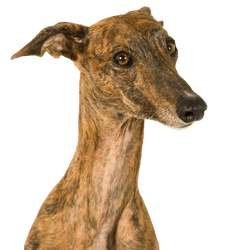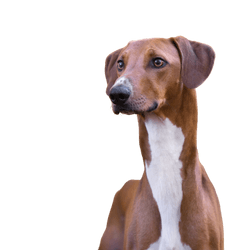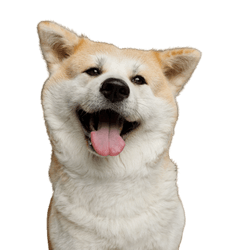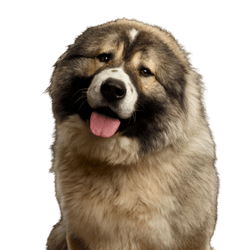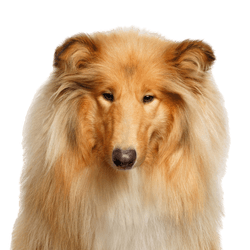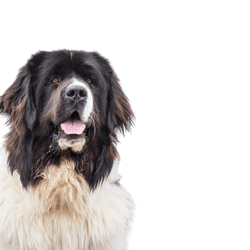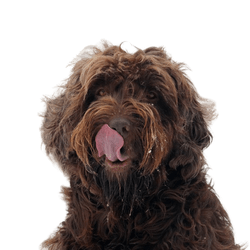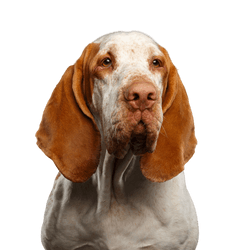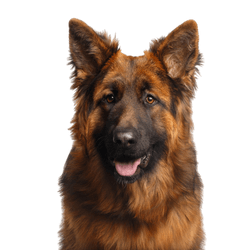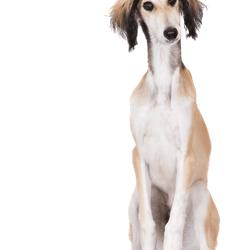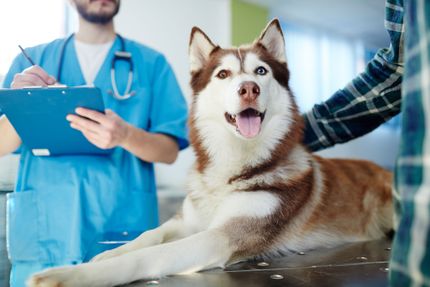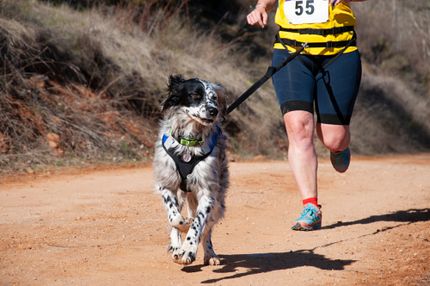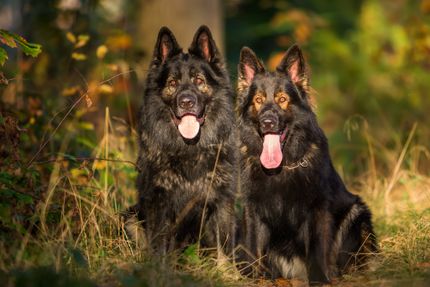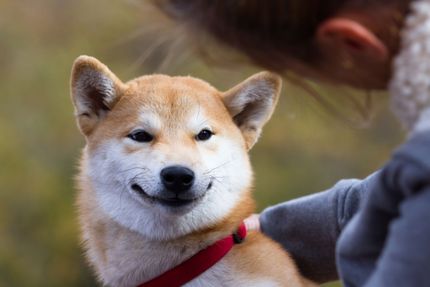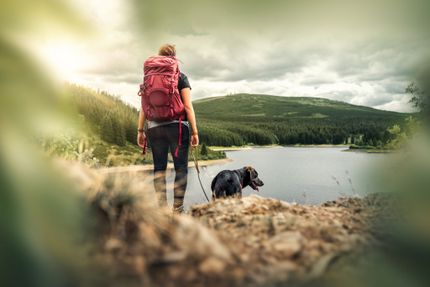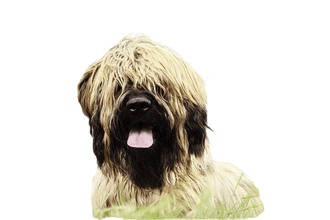
Briard Breed description: Character & Co
Briard
Facts & Origin
What is the origin of the Briard
The Briard dog is one of the oldest French shepherd dogs. Its history cannot be traced back exactly. It is considered certain that it originates in the French lowlands. There, it served the farmers as a herding and farm dog. Its ancestors are believed to be the Picard and the Barbet. The oldest descriptions that fit that of the Briard date back to 1387, but it is not certain that they are about the same dog breed. The "Chien de berge de Brie" was first mentioned in 1785, when the naturalist Comte de Buffon described it as a dog with long hair, a black coat and mostly used to guard herds. Abbot Rozier first named the dog "Berge de Brie" in 1809. In 1863, the Briard was presented to the public for the first time at a dog show. It was not recognised until 1897, when the Briard took part in patrols during the two world wars and was used as a messenger and medical dog. Now it is no longer used as herding and court dog as much. At the same time it is found more often as a family dog or when taking part in sporting competitions, where it is very successful. It is still used today as a police and rescue dog, for example for avalanches or collapsed buildings. Outside its homeland France the Briard is rather unknown. Nevertheless, the dog has some devotees in Germany. In 1975, the "German Briard Club" was founded, later in 1988 the "Briard Club Germany" followed.
The Briard Dog belongs to the FCI Group 1 and is therefore considered a herding dog (except the Swiss Mountain and Cattle Dogs).
- FCI Group 1
- Section 1
- Standard No. 113
- With working examination
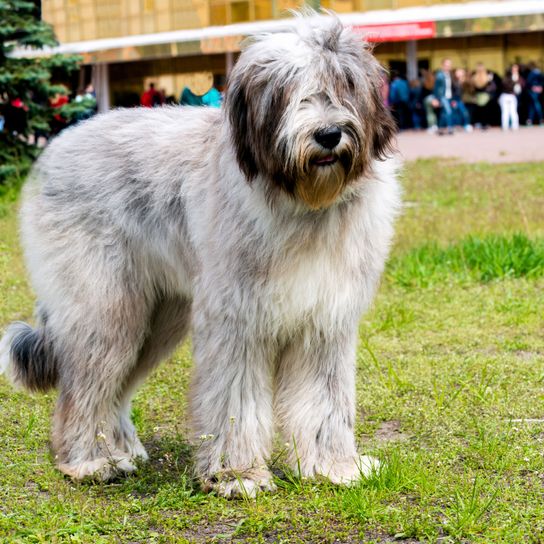
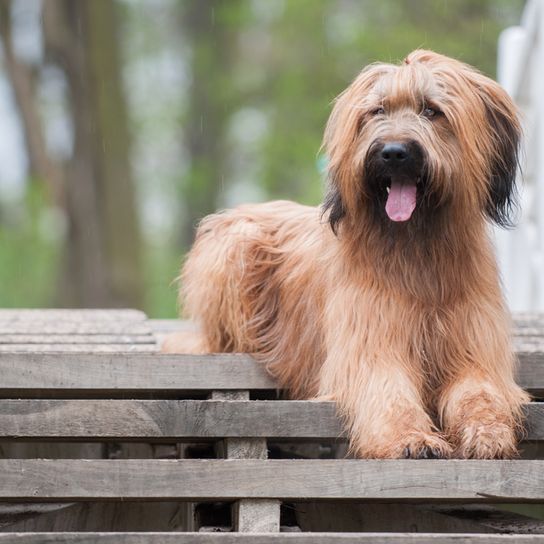
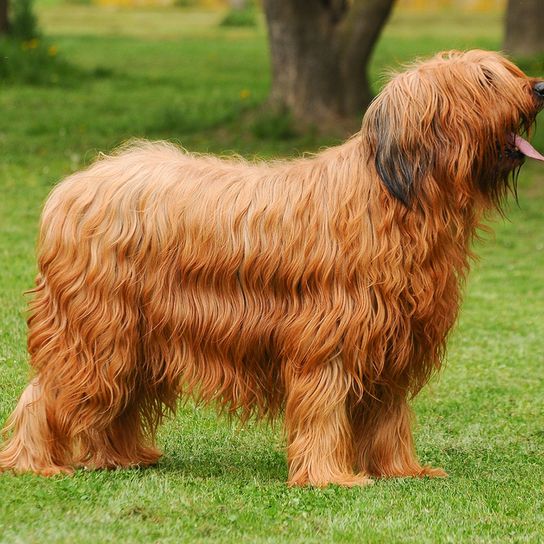
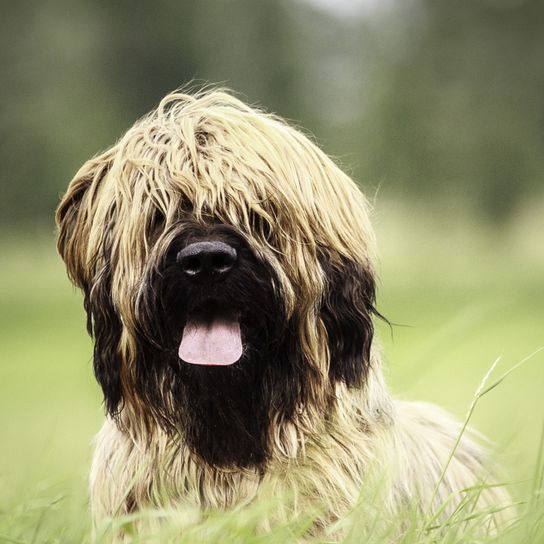
| Alternate Name | Berger de Brie |
| Origin | France |
| Life expectancy | 10 - 12 years |
| Care requirements | high-maintenance |
| Activity level | average to high |
| FCI group | Sheepdogs |
| AKC group | Herding Group |
| KC group | Pastoral Group |
Attitude, character and temperament of the breed
What are typical character traits of the Briard?
Even if the Briard is hardly used as a herding dog today, the typical family-dog character traits of the Briard still stand out. They constantly protect and guard their family. The strong and temperamental dog is very loving and affectionate. It constantly wants to be close to their owner. It is surprisingly gentle towards children and likes to participate in the wildest games. At the same time it does not like being left alone. You should get your Briard puppy used to the fact that they can't always have their family around. But even with the right training they always need to feel that their family is close. Instead of a puppy, you can also take in a Briard in need from a shelter, whose former owner could not provide the dog with appropriate care.
The Briard has a lot of energy and is very intelligent. They need an active family that is willing to do a lot of exercise with them. Otherwise, it will not feel sufficiently stimulated. Since it doesn't particularly have a hunting instinct, you can relax while walking them out in the nature. But the Briard is not satisfied with walks alone. Since they are working dogs, they need to have a task to attend to. Take your Briard puppy to a dog sports field early on to get it used to this environment. They are suitable for agility, mass sports and also like to do protection dog sports.
Character
Usage
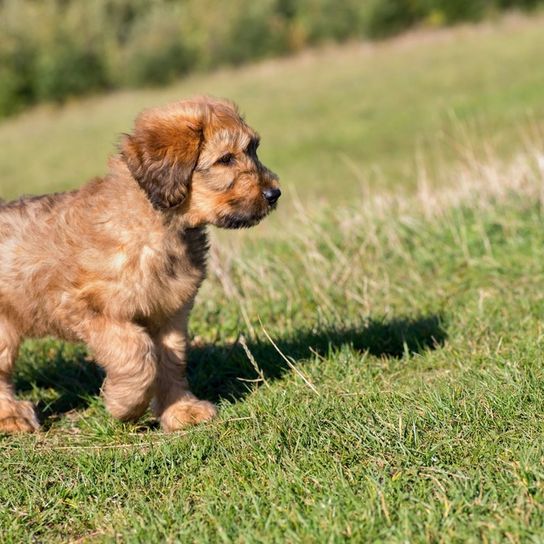

Health and breeding information
What are typical diseases of the Briard?
The Briard dog is a pretty healthy dog breed. There are few typical diseases. A certain form of a congenital eye defect can occur, night blindness (CSNB). The dog may also suffer from a defective ureter.
What should be considered in regards to Briard breeding?
The breeding associations in the VDH only admit dogs for breeding that do not have a congenital eye defect or a defective ureter. A Berger de Brie puppy costs about 1400 Euros.


What are the breed characteristics of the Briard?
The Briard is a handsome, sporty dog with a well-proportioned body a thick coat. The hair on their face forms a long moustache and eyebrows. The ears are rather short and drooping. They are also covered in long hair strands. The back is straight and ends in a short and firm loin. Its tail should reach at least to the ankles. Furthermore, the Briard has double dewclaws on their hind legs. This is a degenerated big toe without a real purpose. The double dewclaws are considered to be the breed standard, even though they can lead to health problems.
Appearance and coat of the Briard
The fur of the Briard is long, wavy and can have the following colours:
- brown
- grey
- blue
The coat is twisted and forms extremely long strands. The undercoat is not so strongly developed, still protects them well in harsh weather conditions. The coat of the Briard needs to be attended to on a weekly basis. It tends to get matted easily.
What is the average size of the Briard?
males: 62 to 68 cm
bitches: 56 to 64 cm
How much does the Briard weigh?
The weight of the Briard is not defined as a standard. Usually they weigh between 30 and 35 kg.
What is the average age of a Briard?
A Briard usually reaches an age of about 12 years. Some dogs can also reach a higher age.
| Fur length | long |
| Fur | flat coated |
| Ear shape | Floppy Ear |
| Tail | lang |
| Anatomy | strong |
| Size ♀ | 56 - 64 cm |
| Weight ♀ | 23 - 34 kg |
| Size ♂ | 58 - 69 cm |
| Weight ♂ | 27 - 41 kg |
| Suitable For | - |
Colors

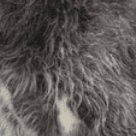
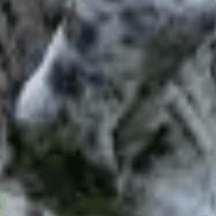





Other large dogs
Useful Articles
You can find articles that might interest you in the dogbible blog to match your favorite breed.
Visit our magazineto stay up to date on dog trends.
To find out more, view our Privacy Policy
Find here the breed that suits you and find out what character traits it has. Here you can also learn more about the origin, size and weight of your favorite breeds.
Matching your favorite breed, you'll find articles that might interest you on the dogbible dog blog.
Cute dog breeds you need to meet
Working dogs - a description of the use of dogs in professional life
Putting a dog to sleep - The sad process, costs and reasons for euthanasia.
Ear infection in dogs - 5 tips and prevention of inflammation
Raw Barf Food for beginners - everything you need to know about feeding dogs naturally

